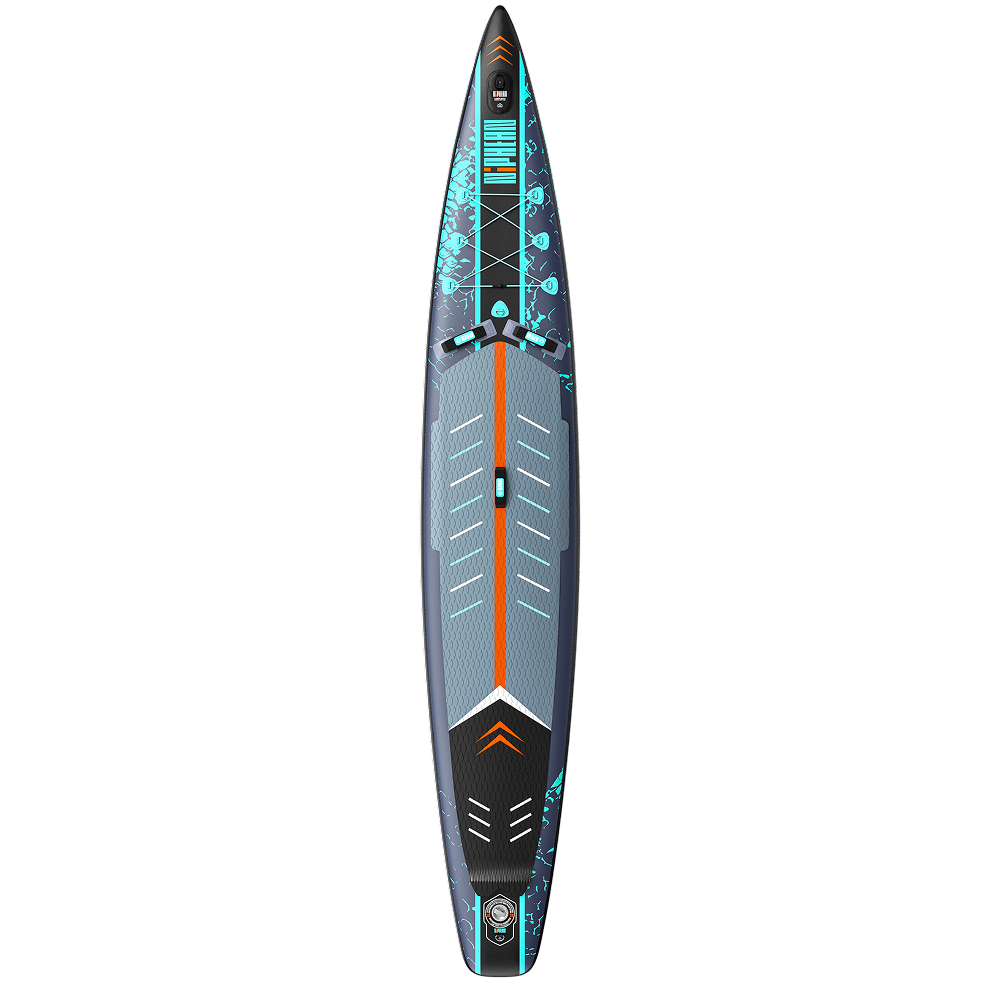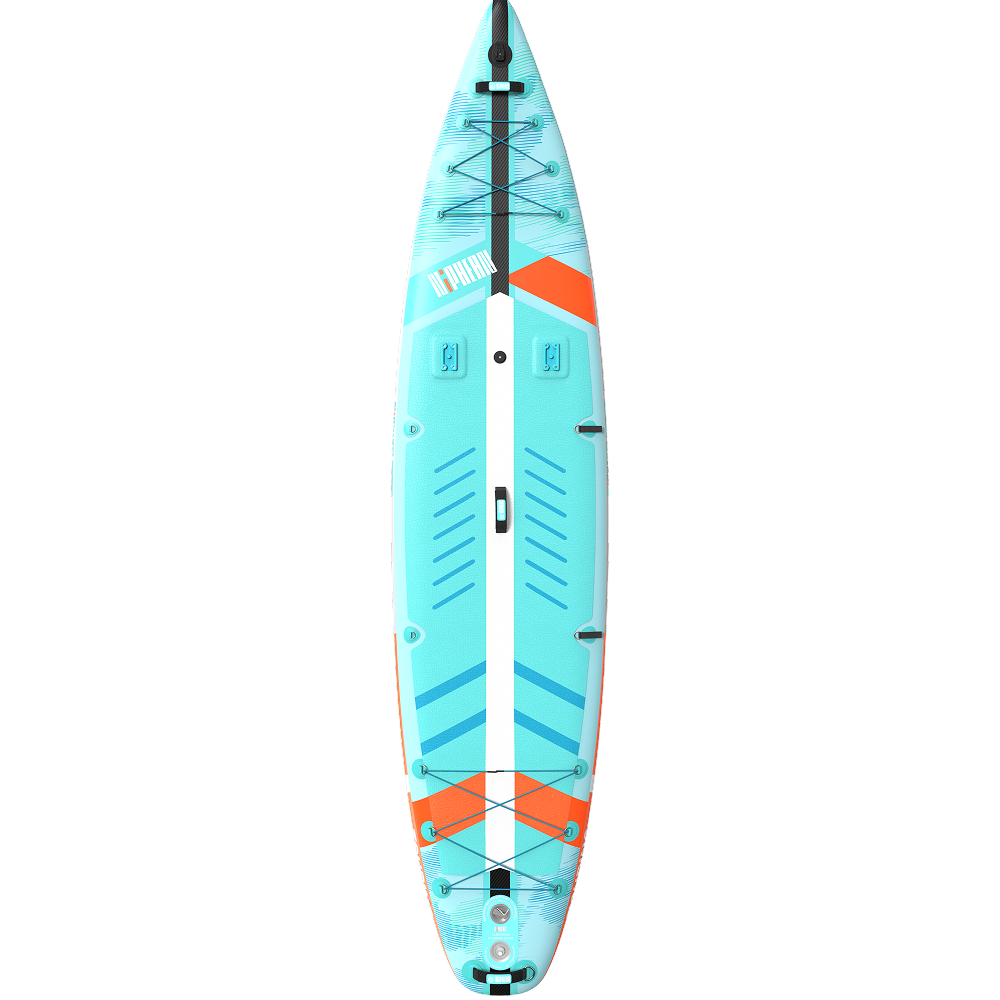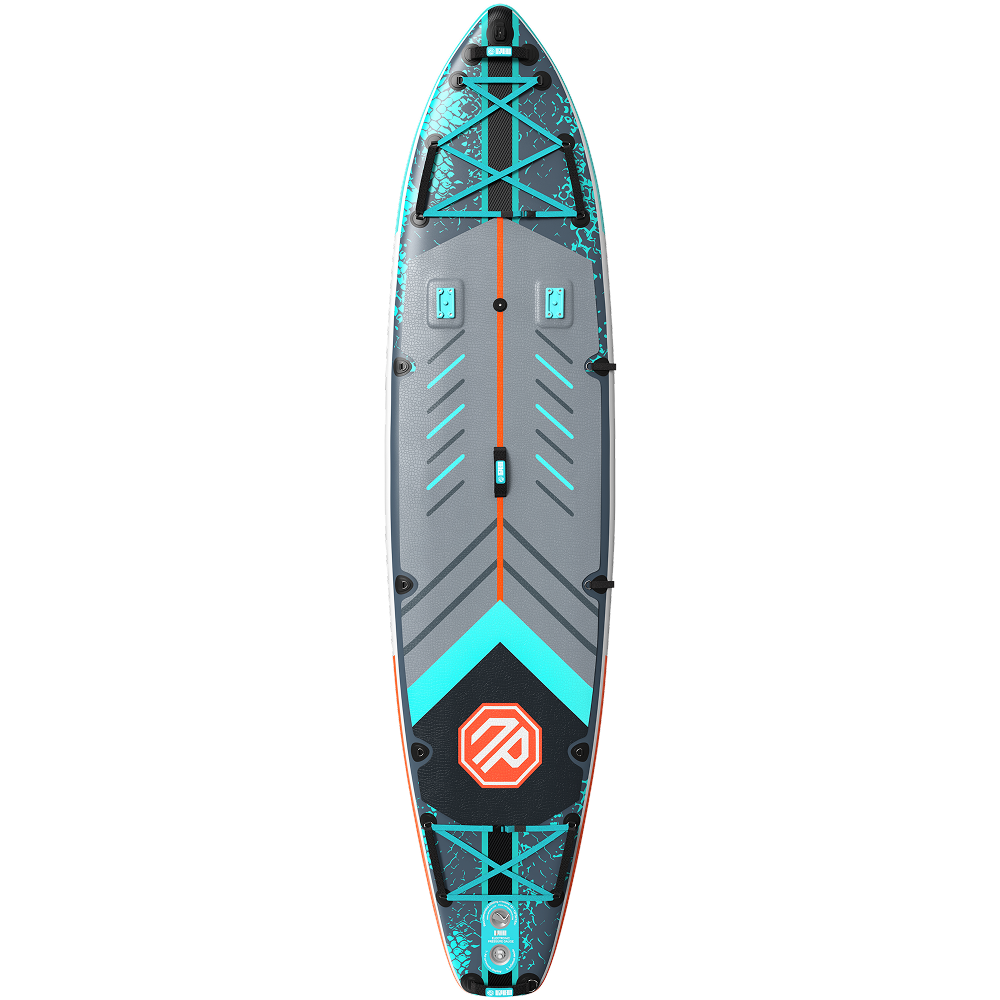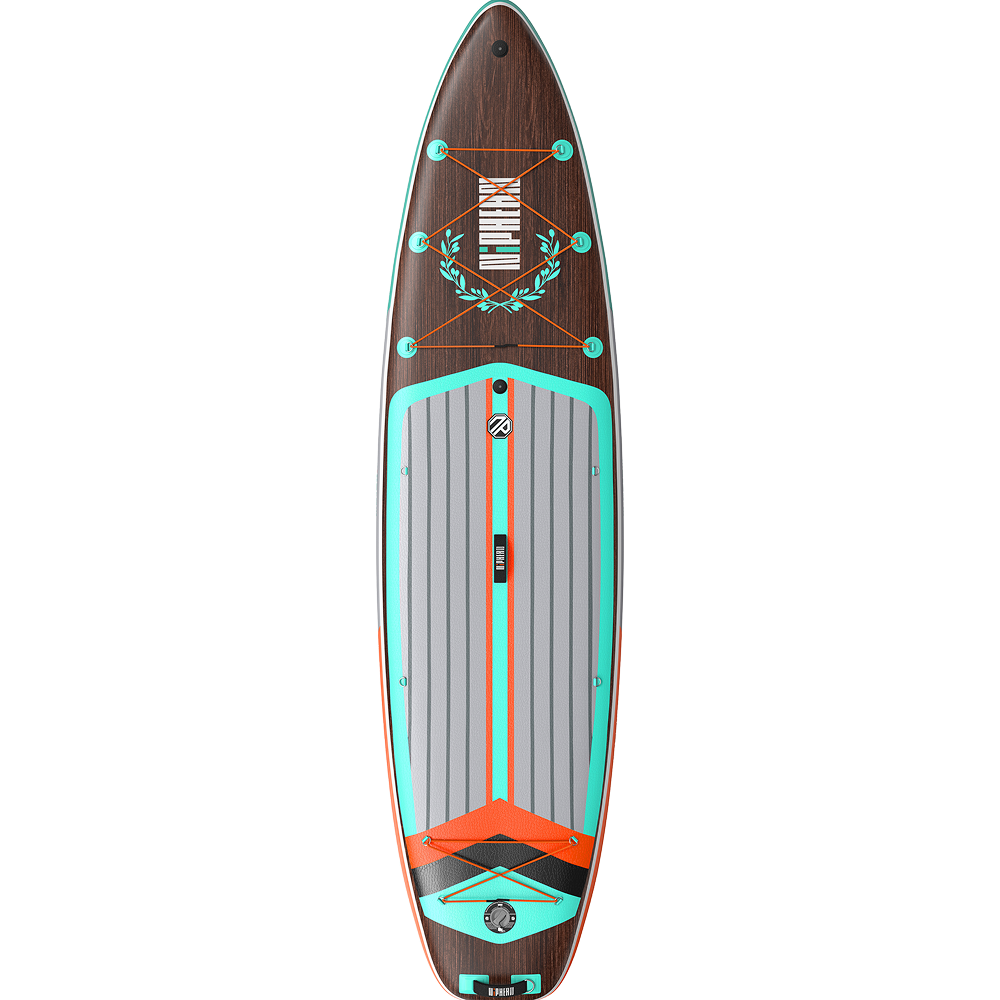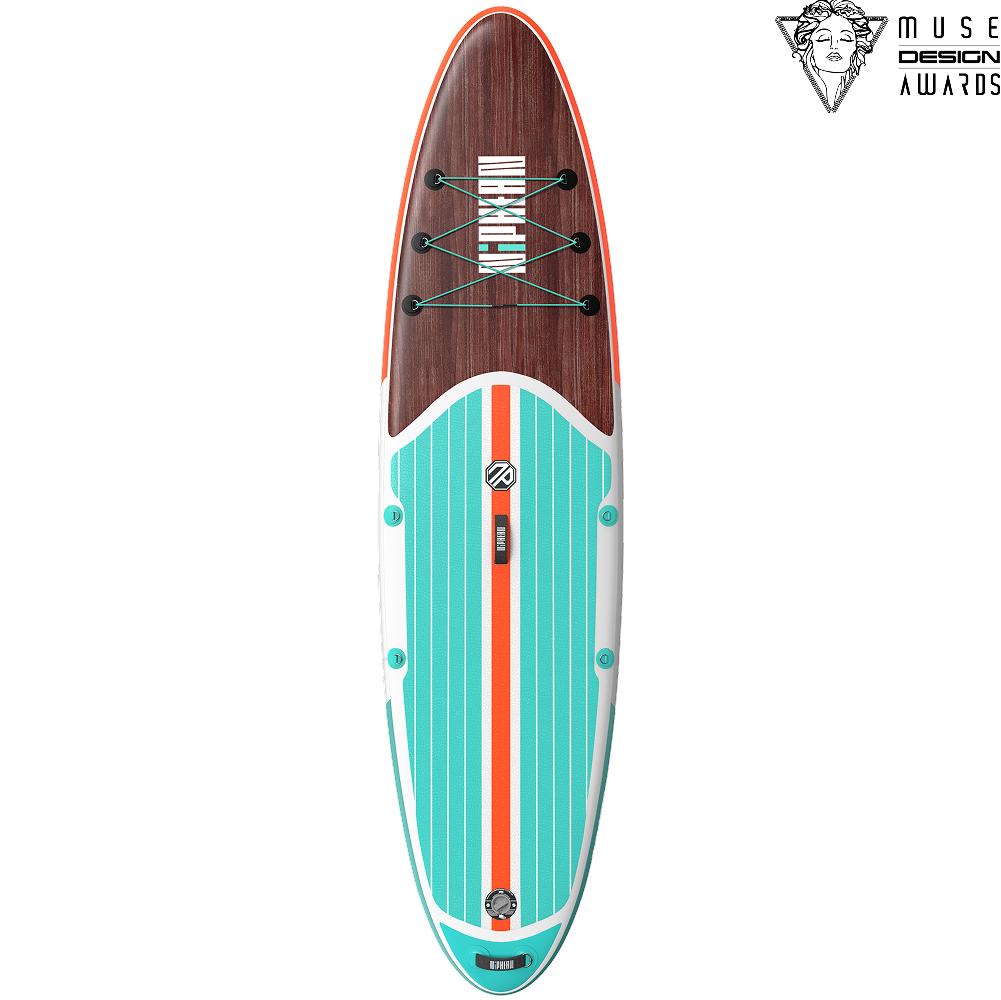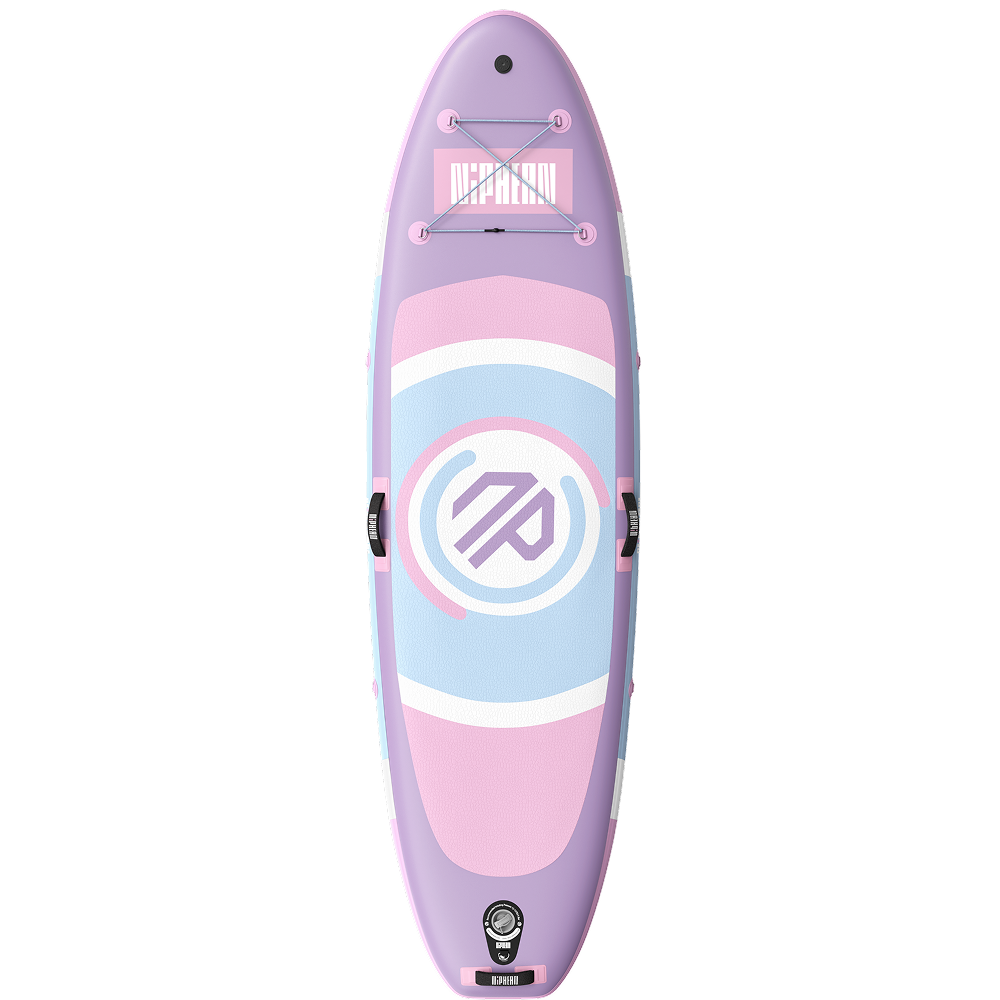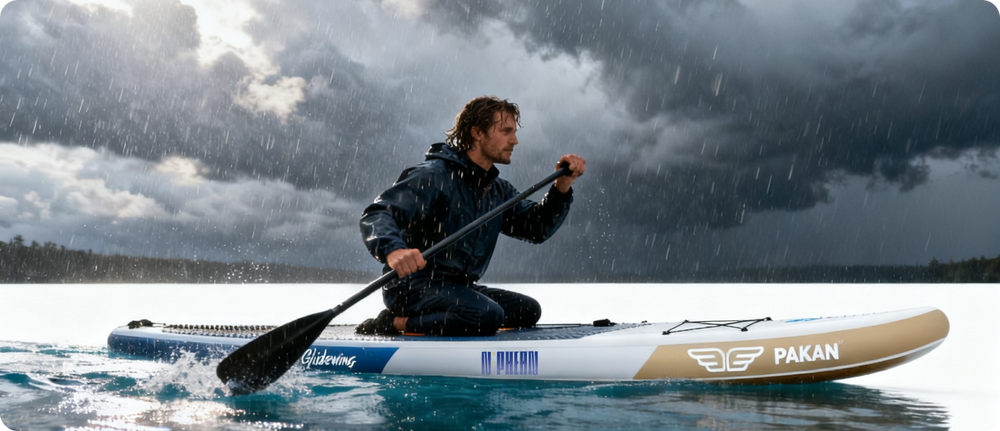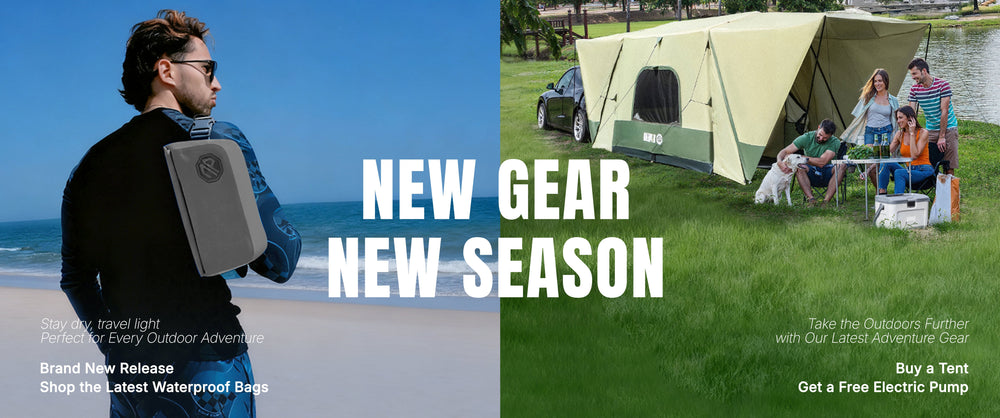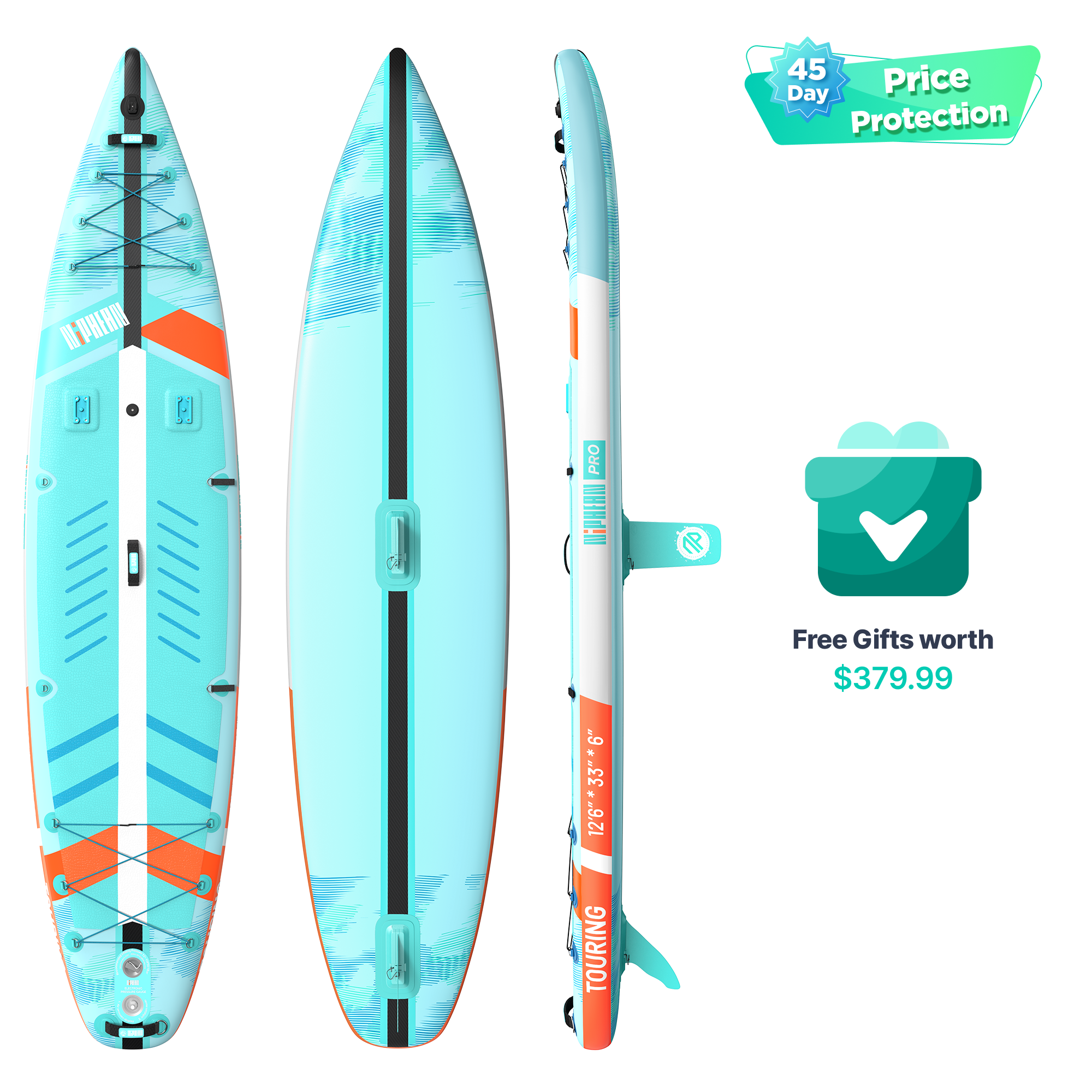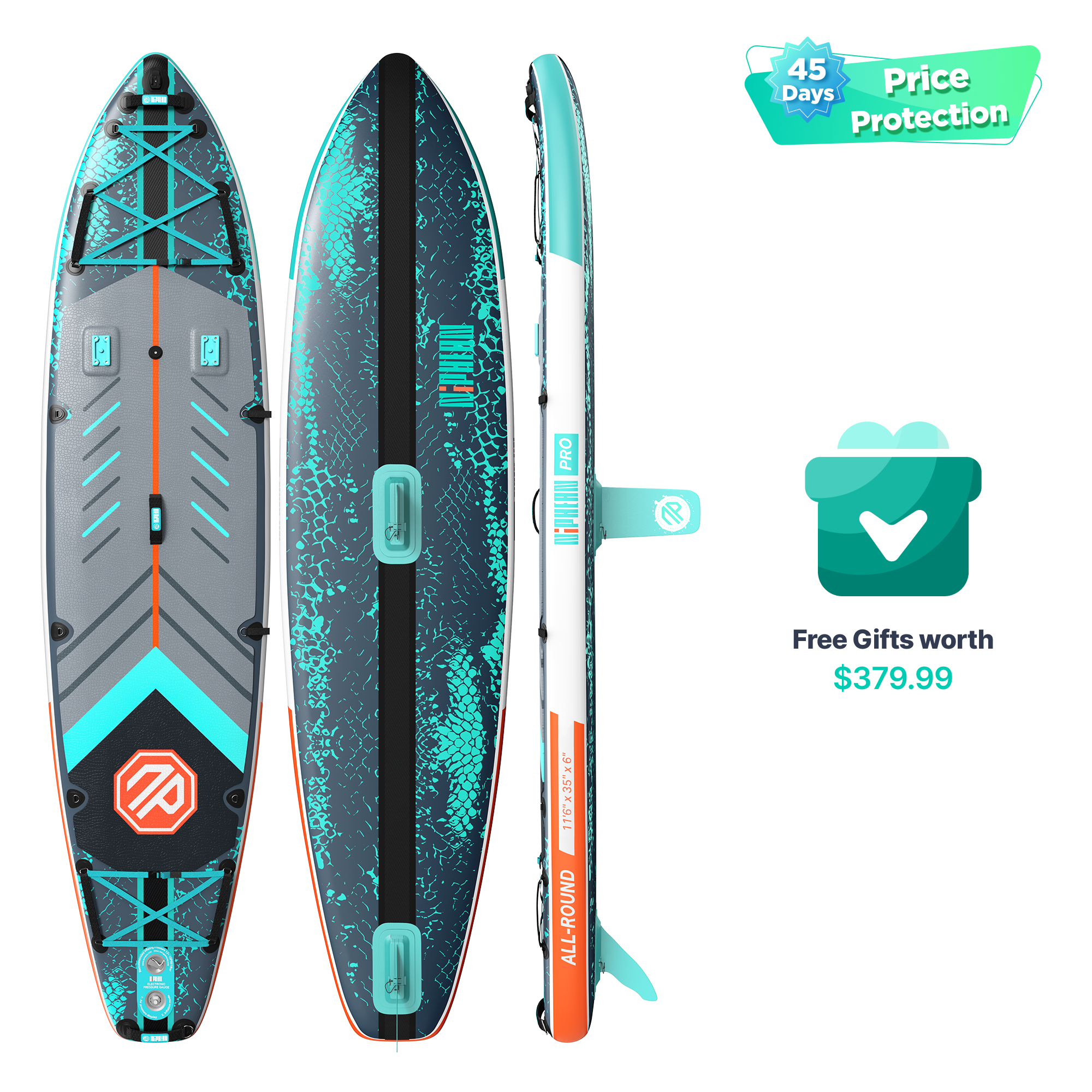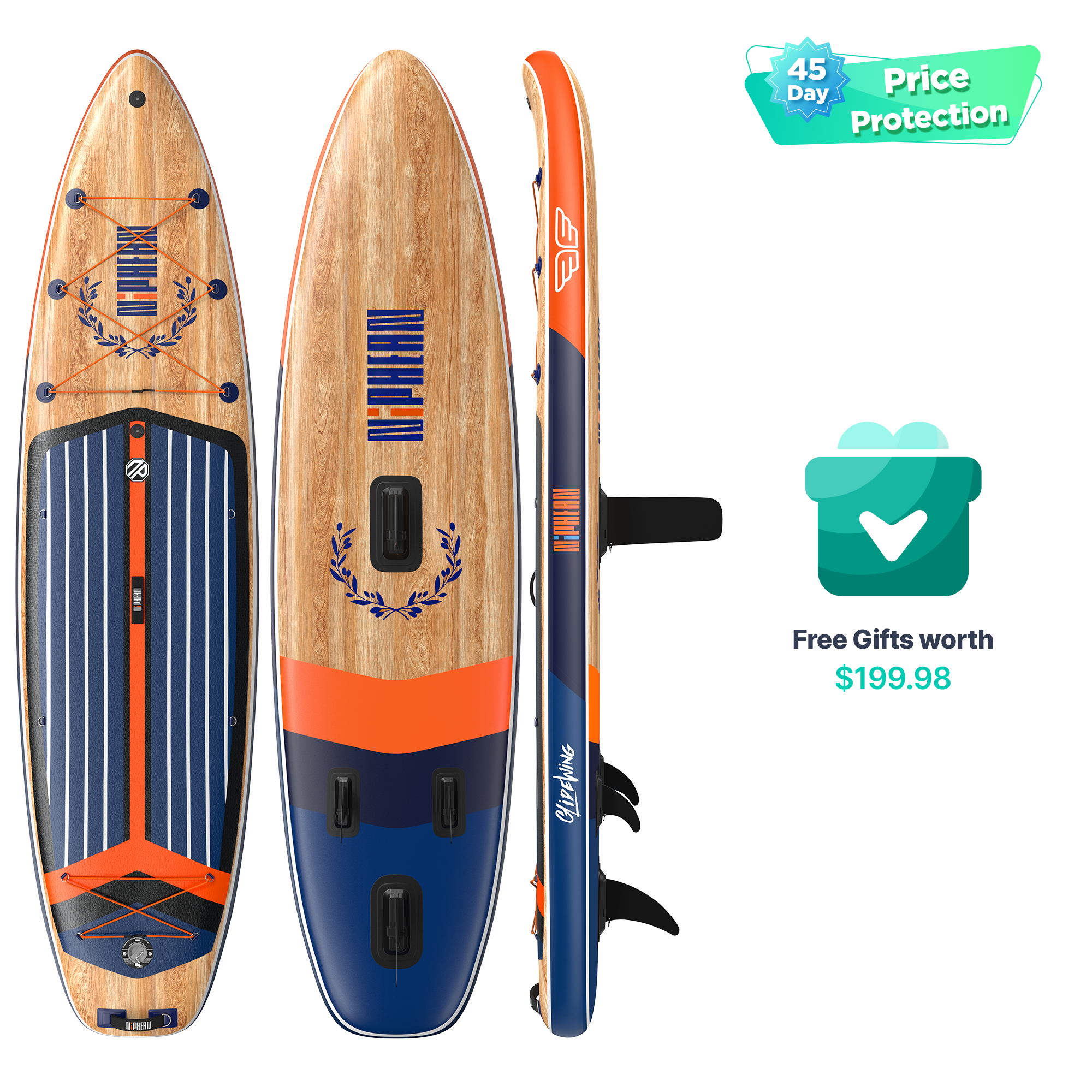- No products in the cart.
How to Paddle Board During Rainy Weather: Stay Safe, Stay Dry, and Enjoy the Ride
Oct 15, 2025
Paddle boarding is often associated with sunny skies and calm waters, but sometimes the skies open up. Rainy days don’t necessarily mean you have to stay docked-if you’re prepared, paddling in light rain can be a unique and refreshing experience. Below, we’ll walk through what to expect, how to plan, gear tips, safety precautions, and techniques to get the most out of a rainy-day paddle.
Before You Go Out: Weather, Water & Safety Checks
1. Check the Full Forecast (Not Just Rain)
Rain itself isn’t the only risk—strong winds, storms, lightning, changing currents, and runoff can all turn a fun paddle into a dangerous situation. Experts caution: avoid paddle boarding in heavy rain or during thunderstorms.
Also consider upstream rainfall: rivers and waterways may flood or flow faster after a downpour, and water quality may be degraded by runoff from roads or storm drains. Some paddlers follow a “3-day wait” rule after rain near urban areas to reduce exposure to bacteria or pollutants.
2. Choose a Calm, Protected Venue
Avoid exposed coastal or open-water routes during rain. Instead, opt for quieter lakes, sheltered bays, or calm rivers where water is less choppy and wind impact is reduced. Waves and gusts are more unpredictable in storms.
3. Tell Someone & Plan a Route
Before launching, share your paddle plan with a friend or family member: your launch location, your intended route, and estimated return time. In poor visibility or rain, communication is even more critical.
Gear & Clothing: What You Should Wear & Bring
Waterproof & Quick-Drying Layers
-
Use a waterproof top or jacket (a “cag” style with neoprene cuffs is ideal) to keep out rain while allowing mobility. Underneath, wear a light, moisture-wicking layer rather than cotton (which absorbs water and chills you).
-
For legs, neoprene shorts or lightweight boardshorts are better than heavy clothing.
-
Bring spare dry clothes in a waterproof bag for after your paddle.
Footwear with Traction
The board deck can become slippery in rain, so wear water shoes or neoprene booties with good grip. Avoid sneakers or cotton socks that get soggy and heavy.
Essential Safety & Protection
-
Always wear a personal flotation device (PFD) or life jacket—even on calm waters.
-
Use a leash to keep yourself tethered to your board if you fall in.
-
Store electronics, keys, and spare clothes in a dry bag or waterproof case.
-
Consider a whistle or signaling device for safety.
-
If your board is inflatable, ensure proper PSI and inspect for leaks before launching.
🛶 Technique Adjustments for Rainy Conditions
Lower Your Center of Gravity
With reduced visibility, heavier rain, or wind-driven ripples, staying stable becomes more important. Bend your knees slightly, keep your center of gravity lower, and take shorter, more controlled strokes.
Paddle Into Wind First
If wind is a factor, start your route into the wind so that your return leg benefits from a tailwind. This is good practice in any paddling condition.
Watch for Hidden Hazards
Rain can hide or amplify hazards: submerged logs, floating debris, or strong currents may be harder to detect. Stay alert and avoid paddling too far from shore or in unfamiliar zones.
Adjust Speed & Breaks
Don’t push as hard. Rain increases wind drag and surface disturbance. Pause more often to rest, re-evaluate, and check weather changes.
💧 Post-Paddle Care & Clean-Up
-
Rinse your board, paddle, leash, and gear with fresh water to remove salt, dirt, or grime. Rain often drags pollutants onto equipment.
-
Remove any water trapped in board compartments or fin boxes.
-
Dry and store your gear in shade if possible to avoid UV damage.
-
Change into dry clothes promptly to avoid chill, especially if the air is cool.
When to Stay Home Instead
There are conditions where no amount of preparation justifies going out:
-
Thunderstorms or lightning in the area
-
High wind speeds, rough water, or choppy seas
-
Poor visibility or heavy rain reducing your ability to see hazards
-
Water quality issues or runoff (especially near urban runoff zones)
-
You’re a beginner or unfamiliar with handling wind or rain conditions
In these cases, paddling another day or choosing an indoor water activity may be the safer option.
🌦️ Embrace the Rain (When It’s Safe)
Paddling in rain doesn’t have to mean discomfort—many SUP enthusiasts view it as an opportunity to enjoy nature in a different light. In forums, paddlers often say:
“Rain or shine … the wind and currents can change in the blink of an eye — just be careful.”
“There is no bad weather, just bad gear.”
With the right preparation, rainy days can feel calm, meditative, and far less crowded—sometimes even more magical than sunny days.
